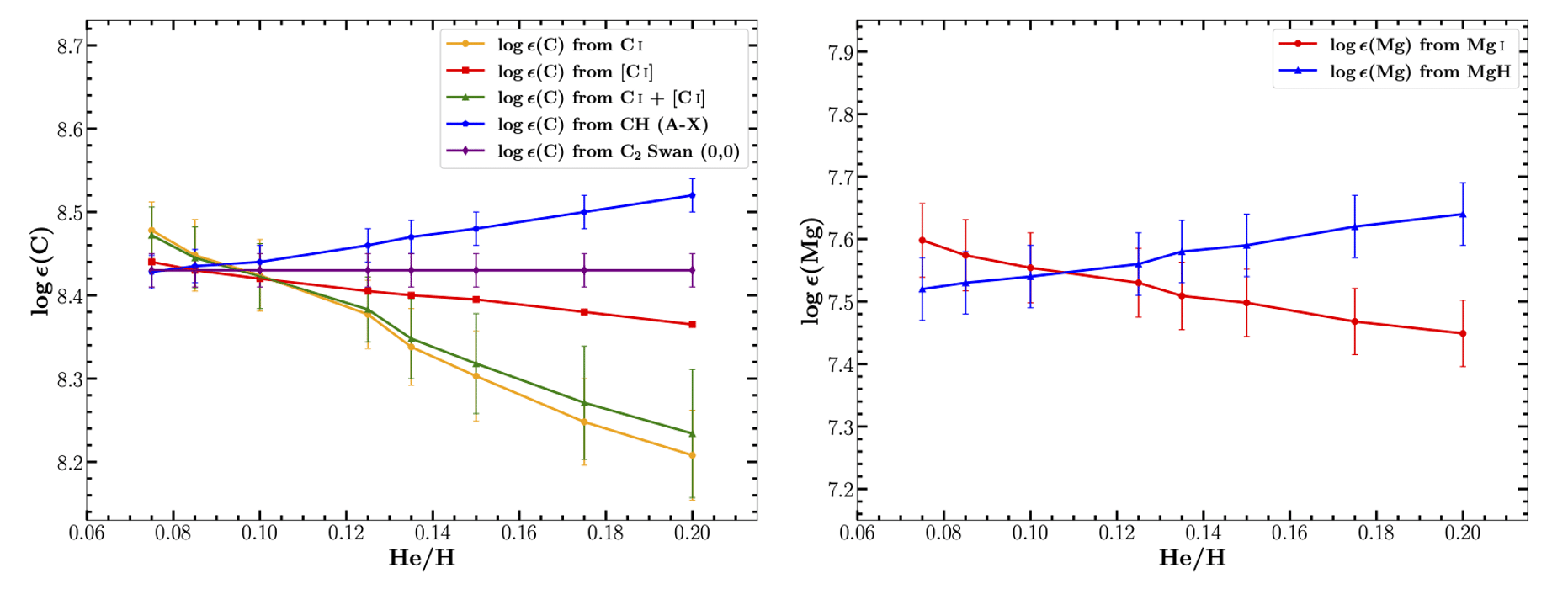New Method Developed for Estimating Helium Abundance in the Sun

A groundbreaking study has successfully estimated the abundance of helium in the Sun for the first time, marking a significant advancement in our understanding of the Sun’s photosphere. Traditionally, astronomers have relied on indirect methods to gauge helium levels, as direct observations have been hampered by the lack of observable spectral lines. Researchers from the Indian Institute of Astrophysics have developed a novel technique that utilizes magnesium and carbon spectral features to provide a more accurate measurement, potentially reshaping our knowledge of solar composition.
Challenges in Measuring Helium Abundance
Determining the abundance of helium in the Sun has long posed a challenge for astronomers. Historically, estimates have been based on assumptions drawn from hotter stars, the solar corona, solar wind, and seismological studies of the Sun’s interior. However, these methods lack direct observational data from the Sun’s photosphere, primarily due to the absence of helium spectral lines in the visible spectrum. As a result, the true abundance of helium has remained elusive, relying instead on indirect calculations that may not accurately reflect the Sun’s composition.
Innovative Methodology from Indian Researchers
The recent study conducted by the Indian Institute of Astrophysics (IIA) introduces a novel approach to measuring helium abundance. Researchers Satyajeet Moharana, B.P. Hema, and Gajendra Pandey utilized high-resolution spectral data of the Sun, focusing on the spectral lines of neutral magnesium and carbon. By carefully modeling these lines alongside hydrogenated molecular lines, the team was able to constrain the relative abundance of helium in the photosphere. This innovative technique represents a significant leap forward, as it allows for a more reliable estimation of helium levels based on direct observations rather than extrapolations.
Findings and Implications
The researchers analyzed various spectral lines from magnesium and carbon, employing methods such as Equivalent Width analyses and spectrum syntheses. Their findings indicate that the abundance of helium in the Sun’s photosphere is consistent with a helium-to-hydrogen ratio of approximately 0.1. This result aligns with previous helioseismological studies, reinforcing the reliability of their new technique. The implications of this research extend beyond mere numbers; understanding helium abundance is crucial for assessing the opacity of the Sun’s photosphere, which in turn affects our comprehension of solar dynamics and behavior.
Future Directions in Solar Research
The successful estimation of helium abundance in the Sun opens new avenues for solar research. The methodology developed by the IIA team could be applied to other stars, enhancing our understanding of stellar compositions across the universe. As researchers continue to refine their techniques and gather more data, the insights gained from this study may lead to a deeper understanding of stellar evolution and the fundamental processes that govern our Sun and similar stars. The ongoing exploration of solar composition remains a vital area of study, with potential implications for astrophysics and our understanding of the cosmos.
Observer Voice is the one stop site for National, International news, Sports, Editor’s Choice, Art/culture contents, Quotes and much more. We also cover historical contents. Historical contents includes World History, Indian History, and what happened today. The website also covers Entertainment across the India and World.
Follow Us on Twitter, Instagram, Facebook, & LinkedIn

